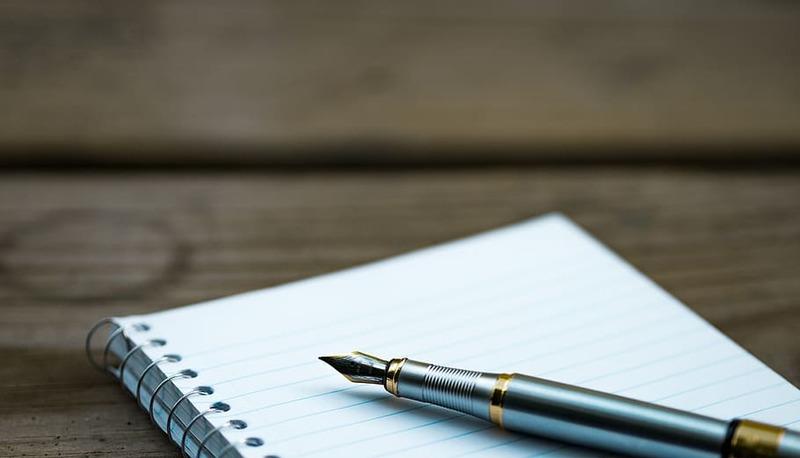Concetti Chiave
- "Used to" is used for past habits or actions that no longer occur and is always followed by the infinitive form of a verb.
- "To be used to" describes actions that are currently habitual, involving the -ing form of a verb or a noun, and can be conjugated in any tense.
- "Get used to" indicates an ongoing adaptation to a new habit, using the -ing form of a verb or a noun, and can be used in all verb tenses.
- Despite their similarities, "used to," "to be used to," and "get used to" serve different functions and should not be confused.
- "To be used to" and "get used to" can express past, present, and future actions, whereas "used to" pertains only to past habits.
Strutture linguistiche
Used to / to be used to / get used sono strutture linguistiche molto diverse tra loro anche se, considerata la loro somiglianza, possono essere facilmente confuse.Sono tutte forme invariabili e questo significa che used e to rimangono identici a prescindere dal soggetto dell’azione o dal tempo verbale utilizzato.
Used to
- La forma used to è seguita dal verbo all’infinito in tutti i tipi di frase. Per elaborare una frase negativa si dovrà far precedere a used to did not o didn’t mentre per creare un’interrogativa in primo luogo si deve porre did seguito dal soggetto, used to, il verbo all’infinito e gli altri complementi.- Significa "ero solito", "ero abituato a" ed è un tempo del passato.
- Si usa quadi si parla di abitudini passate, concluse nel passato. Sono azioni che ripetitivamente si compivano ma ora, nel presente, non si verificano più. Spesso, infatti, used to è utilizzato per mettere in contrasto la vita precedente con quella attuale e per evidenziare un cambiamento.
- In italiano si traduce con l'imperfetto.
Esempi:
She used to tell me stories - Mi raccontava le storie.
She didn't use to tell me stories - Non mi raccontava le storie
Did she use to tell you stories? - Mi raccontava le storie?
To be used to
Significa "essere abituati a".Si usa quando si descrive un'azione che si è soliti fare ancora oggi anche se sono state iniziate in un tempo passato. Infatti, questo tempo è usato spesso per parlare della propria routine o delle proprie abitudini.
To be used to è seguito sempre o da una forma in -ing o da un sostantivo.
Il verbo be può essere coniugato in tutti i tempi e può esprimere anche la forma negativa (soggetto is/are not got used to e il verbo con la -ing form) o interrogativa (Are/Is soggetto used to e il verbo con la -ing form).
To be used to e Get used to possono indicare passato, presente e futuro.

Esempi:
We are used to going to bed early - siamo abituati ad andare a letto presto.
We were used to going to bed early - eravamo abituati ad andare a letto presto.
I'm not used to this weather - non sono abituato a questo clima.
Get used to
Esprime un'azione alla quale ci si è adattati in passato o ci si deve ancora adattare nel presente o nel futuro. Rappresenta un’abitudine che si è incominciato ad acquisire ma che non è ancora totalmente solida perché è in atto da poco tempo.La struttura è costituita da get used to + forma del verbo in -ing (forma riflessiva di be used to) o dal nome/pronome. Può essere coniugato in tutti i tempi verbali.
Il verbo get deve essere coniugato con il soggetto a cui si riferisce e può esprimere sia la forma negativa (soggetto have/has not got used to e il verbo con la -ing form) che interrogativa (have/has soggetto got used to e il verbo con la -ing form)
Esempi:
We got used to getting up early - Ci siamo abituati a svegliarci presto.
I'll never get used to working at night - non mi abituerò mai a lavorare di notte.
I'm getting used to this weather - mi sto abituando a questo clima.

Domande da interrogazione
- Qual è la differenza principale tra "used to" e "to be used to"?
- Come si forma una frase negativa con "used to"?
- In quali contesti si utilizza "get used to"?
- Quali forme verbali seguono "to be used to"?
- Come si coniuga "get used to" nei tempi verbali?
"Used to" si riferisce a un'abitudine passata che non si verifica più, mentre "to be used to" descrive un'azione a cui si è ancora abituati nel presente.
Per formare una frase negativa con "used to", si utilizza "did not" o "didn't" prima di "used to".
"Get used to" si usa per esprimere un'azione alla quale ci si sta adattando o ci si è adattati di recente, ma che non è ancora un'abitudine consolidata.
"To be used to" è seguito da una forma in -ing o da un sostantivo.
"Get used to" può essere coniugato in tutti i tempi verbali e si adatta al soggetto della frase, esprimendo sia la forma negativa che interrogativa.






 Accedi a tutti gli appunti
Accedi a tutti gli appunti
 Tutor AI: studia meglio e in meno tempo
Tutor AI: studia meglio e in meno tempo